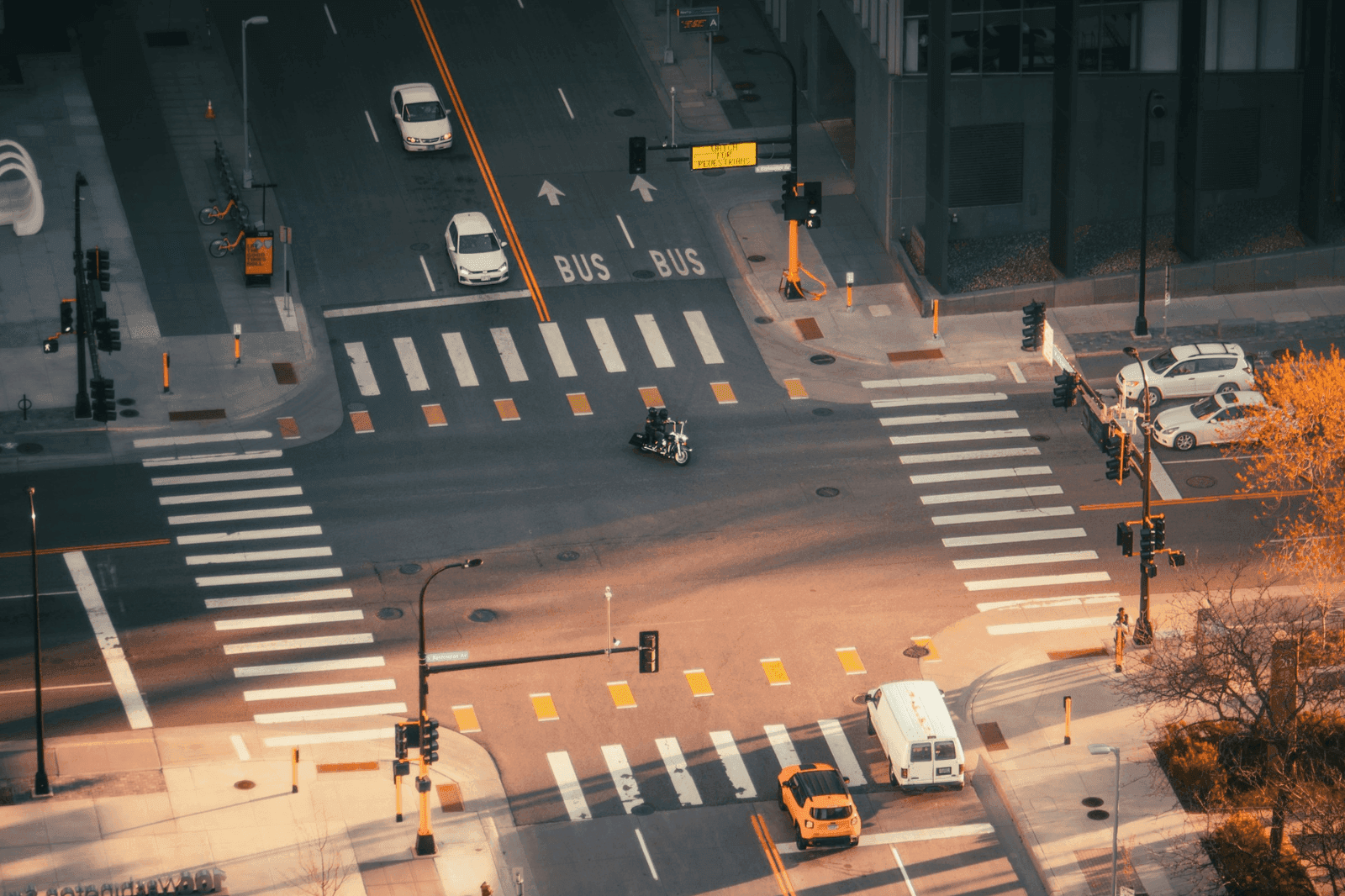
News
By Heidi Simon, July 16, 2024
When we design our roads for the speed of vehicles, we sacrifice safety and comfort for everyone, including people who primarily travel behind a wheel.

We have all seen the flashy car commercials. They paint a picture of glamor, freedom, and adventure. Families getting to work and school, friends taking trips, and communities bustling with activity. Cars don’t deliver on these promises. Reality looks much different. Our streets are dangerous by design for all modes and are not sustainable for individuals or communities. While we are seeing gains in safety for people inside vehicles, our transportation system continues to place unfair burdens on drivers and fails to provide them with the support to truly meet their transportation needs.
Streets send drivers mixed messages
Reduced speed limits, signs reminding motorists to share the road, these things all tell drivers that it’s important to create a safe environment. Yet our streets are designed to prioritize speed and allow for, if not encourage, unsafe driving behavior. When the inevitable catastrophe happens, the discussion is often focused on individual behavior and not why fatalities repeatedly occur at particular intersections or on certain types of roads.
The high cost of everyday travel
For those able to do so, many people may choose car ownership as a primary means of transportation. This choice comes with increasingly large costs including purchase, maintenance, insurance, and other related charges. Not only does this place an ongoing toll on a household’s budget, but it requires a financial safety net when something goes wrong.
We are all one flat tire away from being a pedestrian
Car dependency provides little to no security. A crash or maintenance issue can immediately put a person in a place of needing transportation options that don’t exist. When people age or experience a disability, driving may no longer be the option it once was. When our transportation system fails to support alternative modes, these people are left with little to no options to meet their daily needs.
As long as we continue to prioritize speed over safety and measure success by the number of cars traveling through communities, our transportation system will continue to fail all of us. It is in the best interest of everyone, including those who primarily rely on cars as means of travel, to have the courage to make big, systemic changes around transportation.
Related News

© 2025 Smart Growth America. All rights reserved
Site By3Lane Marketing












